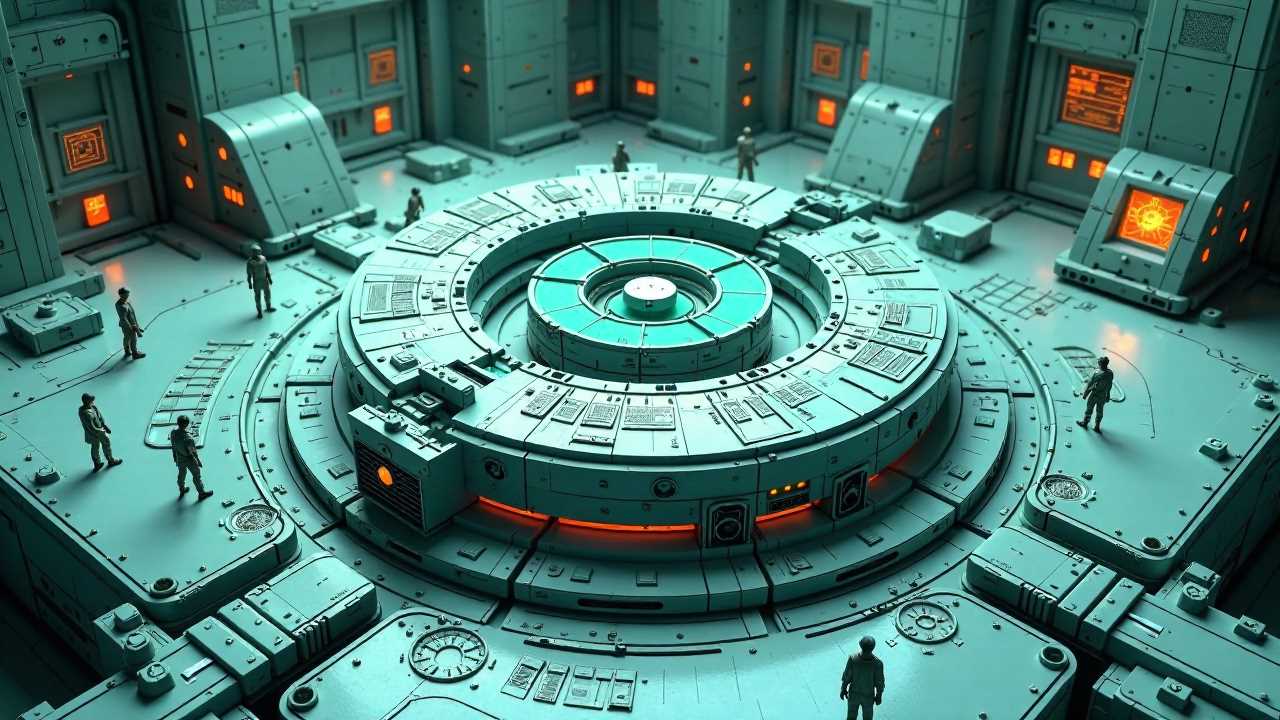
Understanding Sci-Fi Environment Animation
In the world of 3D animation, creating captivating sci-fi environments is an art that combines technical skills with creative vision. The genre allows animators to push the boundaries of imagination, crafting worlds that are not only visually stunning but also rich in narrative depth. To excel in this field, we must master several key components, including 3D modeling, lighting techniques, texture mapping, character rigging, environment design, and visual storytelling.
The Foundation: 3D Modeling
3D modeling is the cornerstone of any animation project. It involves creating the digital representations of objects and environments that will populate our sci-fi worlds. The process begins with conceptual sketches, which serve as blueprints for the models. Using software like Blender, Maya, or 3ds Max, we can create intricate models that reflect our vision.
When modeling for a sci-fi environment, attention to detail is paramount. We should consider the scale, proportions, and functionality of each element. For instance, futuristic buildings might feature sleek lines and unconventional shapes, while alien landscapes could include bizarre flora and fauna. Utilizing polygon modeling techniques allows us to create complex shapes, while sculpting tools can add organic details to our models.
Lighting Techniques: Setting the Mood
Once our models are in place, the next step is to implement effective lighting techniques. Lighting plays a crucial role in establishing the mood and atmosphere of a scene. In sci-fi environments, we often encounter dramatic contrasts and vibrant colors that evoke a sense of wonder and mystery.
We can utilize three-point lighting setups to highlight key elements within the scene. This technique involves using a key light, fill light, and backlight to create depth and dimension. Additionally, experimenting with colored lights can enhance the otherworldly feel of our environments. For instance, using cool blue tones can suggest a cold, alien atmosphere, while warm hues might evoke a sense of comfort or nostalgia.
Texture Mapping: Adding Realism
Texture mapping is another critical aspect of creating immersive sci-fi environments. This process involves applying images or patterns to the surfaces of our 3D models, giving them a realistic appearance. High-resolution textures can make a significant difference in the final output, allowing viewers to appreciate the intricacies of our designs.
When selecting textures, we should consider the materials we want to represent. For example, metallic surfaces might require reflective textures, while organic elements could benefit from rough, uneven patterns. Using UV mapping techniques ensures that textures fit seamlessly onto our models, enhancing the overall realism of the scene.
Character Rigging: Breathing Life into Models
Incorporating characters into our sci-fi environments adds a dynamic element to our animations. Character rigging is the process of creating a skeletal structure for our models, allowing them to move and interact with their surroundings. This technique is essential for animating characters realistically, as it enables us to define how they will bend, twist, and react within the environment.
To rig a character effectively, we must consider the range of motion required for their actions. Creating a well-structured rig involves placing bones strategically and ensuring that they are properly weighted to the mesh. This attention to detail allows for fluid animations that enhance the storytelling aspect of our projects.
Environment Design: Crafting Unique Worlds
Environment design is where our creativity truly shines. In sci-fi animation, the environments we create should not only serve as backdrops but also contribute to the narrative. Each element within the scene should tell a story, whether it's a desolate alien landscape or a bustling futuristic city.
When designing environments, we should think about the world’s history, culture, and technology. What kind of civilization inhabits this space? What challenges do they face? By answering these questions, we can create environments that feel alive and engaging. Incorporating elements such as weather effects, atmospheric conditions, and interactive objects can further enhance the viewer's experience.
Visual Storytelling: Weaving Narratives
At the heart of any successful animation lies visual storytelling. This concept involves conveying a narrative through the combination of visuals, sound, and movement. In sci-fi environments, we have the opportunity to tell complex stories that resonate with audiences on multiple levels.
To achieve effective visual storytelling, we must consider the pacing of our animations, the placement of characters within the environment, and the use of visual cues to guide the viewer's attention. Techniques such as framing, composition, and camera angles can significantly impact how the story unfolds. By carefully orchestrating these elements, we can create a compelling narrative that captivates our audience.
Bringing It All Together
Mastering sci-fi environment animation requires a harmonious blend of technical skills and creative vision. By focusing on 3D modeling, lighting techniques, texture mapping, character rigging, environment design, and visual storytelling, we can create immersive worlds that transport viewers to extraordinary realms. As we continue to hone our craft, we unlock the potential to craft narratives that inspire and engage, pushing the boundaries of what is possible in animation.
 Digital Art InstructionDIY Infographics DesignMobile Game ArtworkPersonalized Logo Design3D AnimationeBook Covers DesignPrivacy PolicyTerms And Conditions
Digital Art InstructionDIY Infographics DesignMobile Game ArtworkPersonalized Logo Design3D AnimationeBook Covers DesignPrivacy PolicyTerms And Conditions
